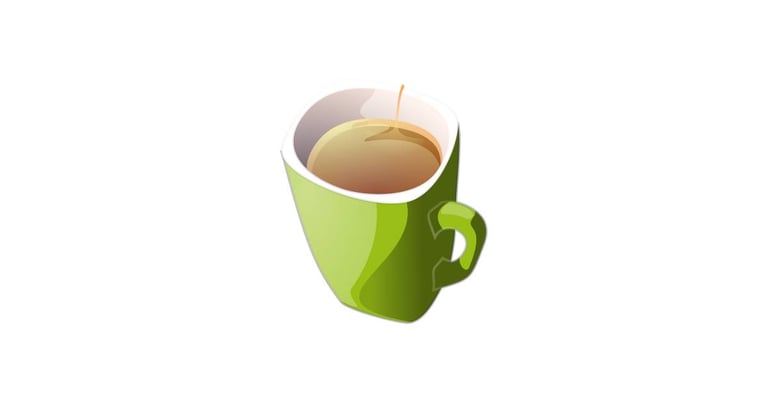11 Facts About Tea
Explore 11 fascinating facts about tea, from its historical roots to contemporary blends. Drink your way through history, health benefits, and international customs.
FACTS ABOUT


Cup of Tea (credit: pixabay)
A cup of tea is reassuring in a particular way. Tea appears to fit naturally into our habits, whether it is your regular green tea custom, a potent black brew in the beginning of the day, or a flowery mixture you enjoy before bed. However, what information do we actually understand regarding the beverage that we have grown to love? Previously, I thought tea was simply tea. Bring water to a boil, then place in it a bag. However, my thirst for knowledge developed when I unintentionally purchased loose-leaf oolong and was unsure of what I should do with it. After a single Google search turned into another, I found myself immersed in plant science, centuries-old stories, and tea traditions I had never heard of before. You are at the perfect place if you have ever wondered why a number of tea taste like flowers whereas others hit you like espresso, or if you have ever focused aimlessly at the tea section thinking which qualities render white tea different from black. Allow us to examine 11 remarkable tea-related facts that may influence how you sip your next cup.
Tea Originated in China Over 5,000 Years Ago: According to legend, a handful of leaves dropped into Emperor Shen Nong's pot of boiling water. After tasting the mixture out of curiosity, tea was created. Although legends are difficult to confirm, archaeological proof points to tea's Chinese origins roughly 2737 BCE. That is more time than the majority of cultures have had.
Tea is Made From One Plant Species, Camellia Sinensis: Stunned? So was I. Green, black, white, oolong, yellow, and pu-erh teas are all derived from the Camellia sinensis plant, regardless of their diverse names. The differentiation? It all depends on the processing, oxidation, and drying of the leaves. You like that fragrant "herbal tea"? Not tea very much, precisely. It is a tisane, which is a combination of flowers, fruits, or herbs.
Tea Was First Used as a Medicinal Herb: Tea was a cure many years prior to it being considered a social beverage. It was widely used by ancient Chinese physicians to cure a variety of ailments, including weariness and gastrointestinal function. Current research indicates that tea's antioxidants, such as catechins, could lower inflammation and promote heart wellness.
Tea Contains an Amino Acid Called L-theanine: Perhaps the most secretive ingredient in tea is this amino acid. Caffeine and L-theanine combine to create a calming, active mood. Tea provides a more silky, longer-lasting boost than coffee, which occasionally causes a nervous rise as well as collapse. Ideal for extended hours at work or focused study periods.
Tea Was Introduced to Europe in The 16ᵗʰ Century by Portuguese Traders: Although tea is frequently associated with Britain, it was initially brought to Europe by Portuguese missionaries and traders. Upon getting married to King Charles II, a Portuguese princess named Catherine of Braganza actually contributed to its popularity in England.
Tea Changes Colour & Flavour Due to Oxidation: Have you ever wondered why black tea has a strong, rich flavor and green tea tastes grassy? It is all about oxidation. A tea leaf gets more potent and darker the more oxygen it gets exposed to. Black teas are completely oxidized, while green teas undergo steaming or pan-firing to avoid oxidation.
Tea Can Absorb Moisture & Odors From The Air: The importance of tea preservation is underestimated. If you leave your tea in a humid kitchen or close to garlic, it may absorb the odors or become sour. Preserve your tea in tightly sealed containers far from heat sources, light sources, and potent odors in order to maintain its freshness.
Tea Can be Naturally Scented With Flowers Like Jasmine or Herbs Like Mint: Green tea with jasmine is a traditional scenario. In order to let the flowery scent naturally permeate the tea leaves, tea manufacturers cover them with fresh jasmine blossoms. Likewise is true for lavender, rose, and mint. Simply perseverance and aroma, no synthetic flavours.
Tea Has Less Caffeine Than Coffee But Delivers a Smoother Energy Boost: A cup of black tea typically has half the caffeine as a cup of coffee. However, that caffeine breaks down more slowly because of L-theanine. As a result, energy rises more gradually and there are less breakdowns. Green or oolong tea could be the solution if you have been attempting to reduce your coffee intake yet continue to require concentration and mental calmness.
Tea’s Flavour Can Vary Dramatically Based on The Harvest Season: Similar to wine, tea is influenced by terroir, weather, and harvest time. While summer and fall harvests typically yield bolder, more intense flavours, the beginning of spring teas are frequently more lightweight and flavourful. This explains why various batches of similar tea can have very different flavours.
Tea Contains Powerful Antioxidants Known as Catechins: Catechins, which are potent substances associated with decreased inflammation and enhanced cardiovascular wellness, are particularly abundant in green tea. Including tea in your everyday life may represent a tasty approach to assist your health, even though no particular food is a magic solution.
Summary: Tea is Worth an Additional Sip
Tea is more than simply a hot beverage; it is an important part of culture, an element of historical events, and a secret health benefactor that you may keep in your cabinet. Every cup of tea, whether you are drinking a strong pu-erh shortly after dinner or immersing a precious white tea in the early hours of the day, ties you to generations of complex science and heritage. If you have been unable to break free from your coffee-only regularity, tea could represent the unforeseen adjustment you require. Extending your routines, one deliberate sip at a moment, is more important than changing them.
